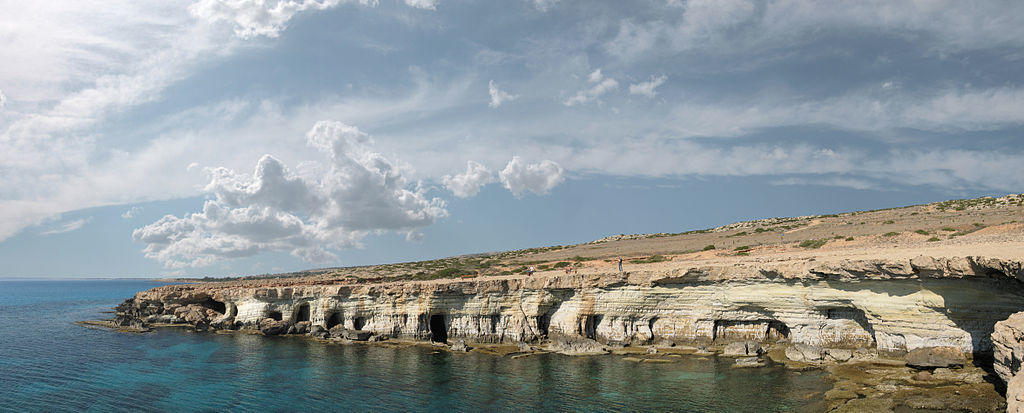Date of Discovery
To this day, the Ayia Napa Sea Monster has not been photographed, but according to legend, it has been around since 2nd century AD.
Name
Filiko Teras, also known as the Ayia Napa Sea Monster and the Cyprus Loch Ness. To Filiko Teras translates to “the friendly monster,” which is how this sea serpent is known to local fishermen.
Physical Description
Speculated to be some type of sea serpent or crocodile-like beast.
Origin
Some accounts tell that Filiko Teras is linked to the ancient sea-monster known as the Scylla within Greek mythology.
Despite having an ocean of space to roam, Filiko Teras is only known to frequent Cape Greco, of the Ayia Napa Sea off of the coast of Cyprus—which is an island country in the Eastern Mediterranean Sea. This little area of Cyprus actually used to be a popular tourist destination on the island, but the political powers of rival governments have resulted in an abandonment of this entire coastal tourist destination. Cape Greco is a cape that encompasses a small peninsula in the eastern Cypriot district of Famagusta, it exists in a National Forest Park that is known for its natural beauty and abundant sea caves.
Mythology and Lore
While there is no documented proof that this monster actually exists, there have been countless reports through folklore and various sightings by tourists and locals, which have spurred paranormal truth seekers, such as the hosts of Destination Truth to go searching for the creature. The Ayia Napa Sea Monster has never been reported to have caused any harm, but it has been reported to drag away fishing nets and there have been countless sightings of this creature. The government of Cyprus has begun to search for evidence of this creature’s existence, and tourists continue to flock to the destination on day-long boat trips, in the hopes of spotting this elusive monster. Although speculation attempts to link the sightings of Filiko Teras to the monsters living in Kouris Dam, these reports have been discarded, as the belief is that the monsters of Kouris Dam are far more likely to be crocodiles that had been kept as pets, then unlawfully released.
The Scylla
This ancient mythological creature of Greek origin has been depicted in mosaics one, in particular, remains in the House of Dionysus, in a Roman villa from the 2nd Century AD that still stands in Paphos, Cyprus which is only a short way away from the most frequented location of sightings for the Filiko Teras. Interestingly enough, the Scylla, despite its modern link to Filiko Teras is depicted as a gigantic creature with the torso and head of a woman, with six snarling dogs protruding halfway from its midriff, and a tail that resembles that of a giant serpent. While the paintings always illustrate exactly six heads, all of the original authors of these initial sightings, including Gaius Julius Hyginus, states that the Scylla actually possessed, “more heads than the vase-painters could paint,” and whoever was unlucky enough to encounter this creature was immediately killed.
Is there anything we missed about Filiko Teras? Let us know in the comments
section below!

Georgia-based author and artist, Mary has been a horror aficionado since the mid-2000s. Originally a hobby artist and writer, she found her niche in the horror industry in late 2019 and hasn’t looked back since. Mary’s evolution into a horror expert allowed her to express herself truly for the first time in her life. Now, she prides herself on indulging in the stuff of nightmares.
Mary also moonlights as a content creator across multiple social media platforms—breaking down horror tropes on YouTube, as well as playing horror games and broadcasting live digital art sessions on Twitch.


